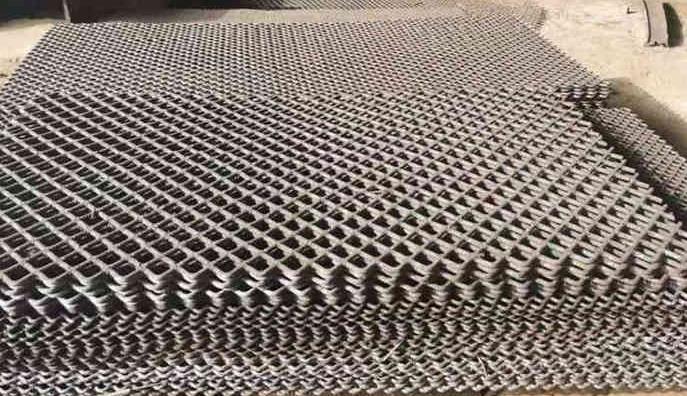How to ensure that the screen surface of manganese steel welded screen has a small flat error?
In the field of industrial production, manganese steel welded screens are often used in screening, grading and other processes due to their excellent hardness and wear resistance
In the field of industrial production, manganese steel welded screens are often used in screening, grading and other processes due to their excellent hardness and wear resistance. However, in order to ensure the accuracy and efficiency of screening results, it is very important to ensure that the screen surface is flat with small errors. This can improve screening efficiency and reduce uneven distribution of materials on the screen surface. The flatness of the screen surface is very important. A high-quality screen can not only improve production efficiency, but also significantly reduce material loss and maintenance costs. Therefore, mastering the technical points of ensuring that the manganese steel welded screen surface is flat and has small errors plays an indispensable role in improving the quality of the entire production process.

1. Choose appropriate materials and equipment
The first priority is to select suitable manganese steel materials and advanced welding equipment. The chemical composition and mechanical properties of manganese steel materials directly affect the quality and life of the screen. High-quality manganese steel materials should have good strength, toughness and wear resistance. At the same time, selecting high-precision welding equipment is also a key factor to ensure dimensional stability and reduce deformation during the welding process. High-precision equipment can better control welding parameters, such as current, voltage and welding speed, thereby effectively controlling heat input and reducing thermal deformation.
2. Precise design and preprocessing
Precise design and pre-treatment work is indispensable before welding. During the design stage, it is necessary to consider the use environment and stress conditions of the screen, reasonably lay out the welds, and optimize the structural design to reduce stress concentration caused by welding. Make sure the screen surface is flat and has no ridges or depressions. Tools such as laser cutters can be used for accurate cutting to ensure accurate screen surface dimensions. In addition, the pretreatment of manganese steel sheets is also very important, which includes removing impurities such as oxide scale and oil stains on the surface, as well as appropriate preheating treatment. Preheating can reduce thermal stress during welding and reduce the possibility of deformation.
3. Control the welding process
Fine control during the welding process is the core of ensuring a smooth screen surface. The operator needs to adjust appropriate welding parameters based on material properties and screen specifications, and strictly control the welding speed and direction. High-quality welding rods and appropriate welding current should be used when welding. Make sure the weld is smooth and has no holes or cracks. Welding methods such as argon arc welding can be used to improve the welding quality. It is recommended to use staggered welding method or segmented de-soldering method to disperse heat and avoid deformation caused by local overheating. At the same time, maintaining the consistency and stability of the welding path is equally important to reduce welding distortion.
4. Heat treatment
After welding is completed, the screen can be appropriately heat treated to eliminate residual stress and improve the strength and toughness of the screen. This includes grinding and cleaning the welded parts and correcting any minor deformations that may occur. Correction methods can be mechanical straightening or through appropriate heat treatment to relieve internal stress. It is important to note that this step should be performed with caution to avoid overcorrection that may lead to new deformation or damage.
5. Testing and calibration
After the screen is made, careful testing and calibration should be carried out to ensure that the screen surface flatness error is within the acceptable range. Tools such as laser rangefinders can be used to measure and tools can be used to correct uneven sections. Even after completing all of the above steps, regular maintenance and inspections are still key to ensuring the screen remains flat over the long term. This includes regularly cleaning the screen surface to prevent clogging and corrosion; inspecting welds and joints for wear; and promptly repairing any defects or damage found. Through these measures, problems that may affect the flatness of the screen can be discovered and solved in time, and the service life of the screen can be extended.
Ensuring that the manganese steel ore screen surface has a flat surface with small errors requires high-quality materials, accurate cutting and welding processes, appropriate heat treatment, and careful inspection and calibration. These steps will help improve screening efficiency and ensure screen stability and durability.



